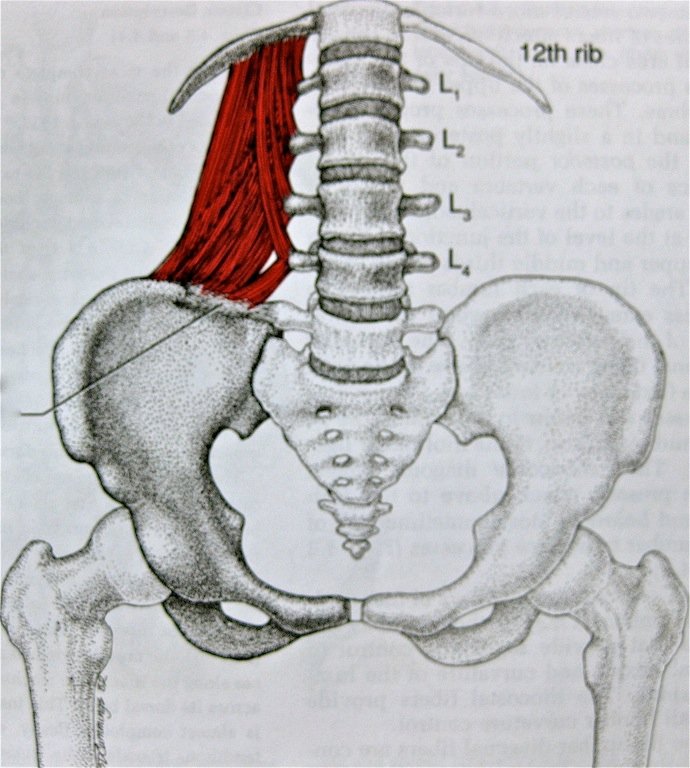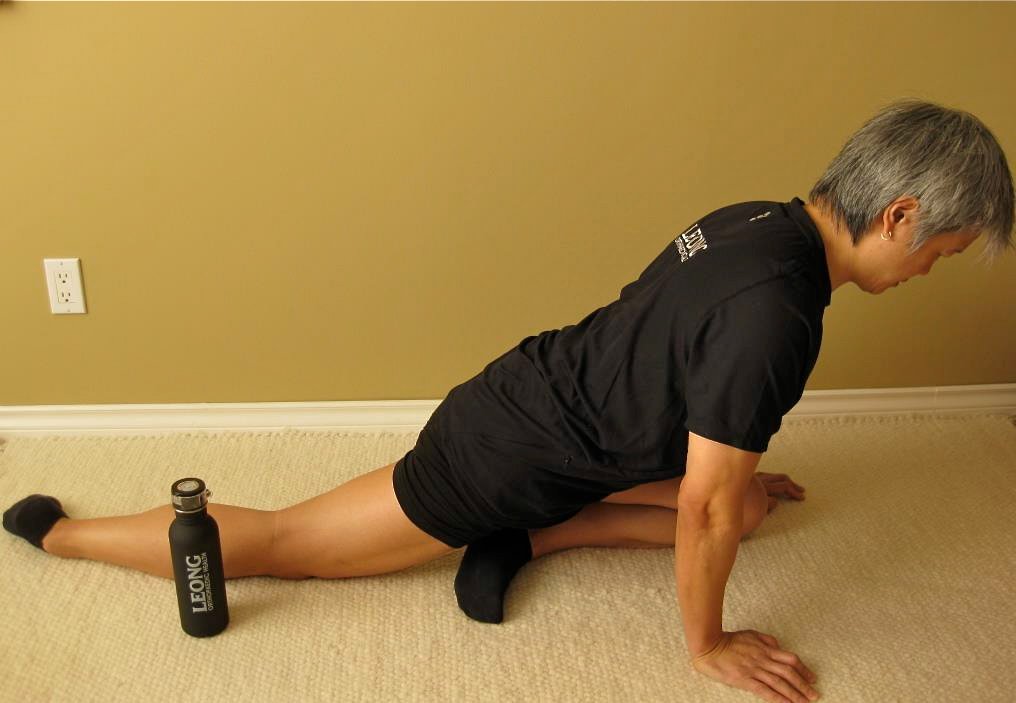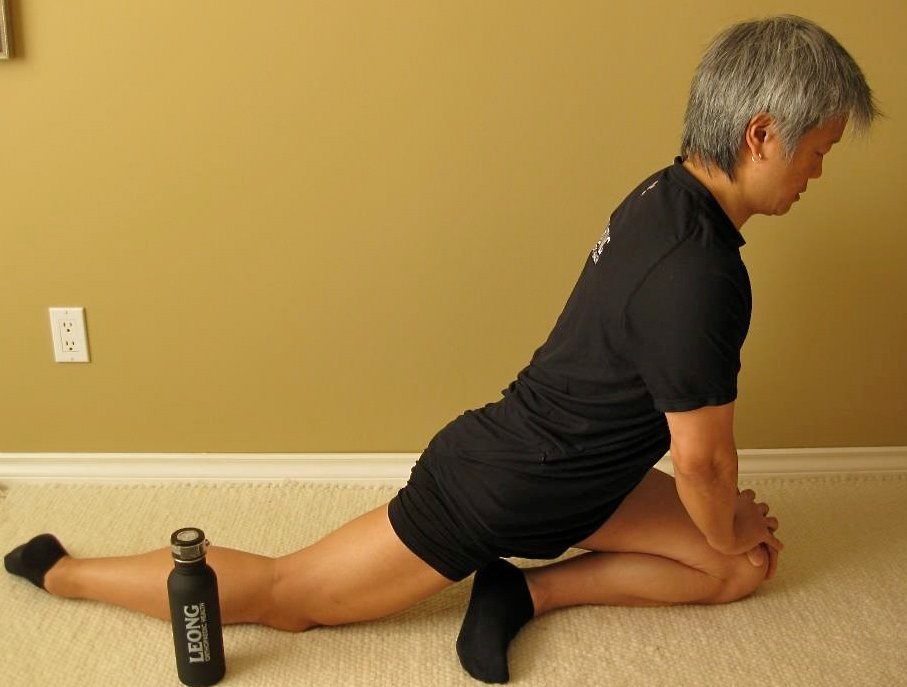Suffering From Lower-back Pain?
According to the National Institute of Neurological Disorders and Stroke, 80% of adults will at some point in their lives suffer from lower-back pain.
That pain can be experienced anywhere from a chronic dull throbbing ache, to a sharp “take your breath away” stab in the lower back. Either way, lower-back pain can render you incapacitated.
For most, that pain means the muscles of the lower back are spasming. So, in order to feel better:
- Rest
- Apply heat (heating pad or hot bath)
- Massage therapy
- Stretch gently
- Wait
Eventually, your lower-back muscles will release.
Unfortunately, the underlying cause still exists. Therefore, almost certainly your lower-back pain will return. Every time your lower back spasms, a little more damage (possibly permanent) will occur.
What Damage Can a Lower-back Muscle Spasm Do?
- When muscles are tight for extended periods, circulation can be disrupted, causing muscle tissue to die. Dead muscle is replaced with scar tissue. Inelastic scar tissue further hampers movement.
- Lower-back muscles are attached to the vertebrae. When muscles tighten (spasm), the discs in between get squeezed and can suffer damage. Eventually, the discs can herniate and press onto the nerves. Ouch!
- Bone spurs can develop on the vertebrae and can press onto the nerves. Ouch!
Wouldn’t it be better to deal with the underlying cause as soon as possible?
What if your lower-back pain isn’t really about your lower back? What if there’s an underlying cause elsewhere in your body and your lower-back spasm is simply a consequence? Wouldn’t you like to eliminate the underlying cause so that your lower-back pain is banished forever?
Four Common Underlying Causes of Lower-back Pain
This article is about tight hip flexors causing lower-back pain. There are three other common causes covered in the three following articles:
We’ve chosen these four problems because clinically, it’s what we see most often. These four simple fixes have brought the most success to our patients with lower-back pain.
Tight Hip Flexors Causing Lower Back Pain
Together, the Psoas Major, Psoas Minor, and Iliacus muscles make up the Iliopsoas muscle also known as hip flexors (contracts to flex your hip).
As you can see in the photo, the Iliopsoas is a big strong muscle. The Psoas Major and Minor attach directly to the spine of your lower back. If your Iliopsoas is tight and shortened, it’s tugging on the spine of your lower back. Consequently, your lower back muscles have tightened (in a tug-of-war) and it hurts.
How does your Iliopsoas tighten up?
Sitting.
In modern society, most of us sit constantly at our desks all day at work, then in front of the television in the evening, then curled up in bed all night. Your Iliopsoas in a shortened position for almost twenty-four hours. Very few people stretch the Iliopsoas to it’s normal length. Very few people even know how.
Hip-flexor Stretch
- Your body must be stable enough that the muscle “lets go” and stretches. Snug your hip and shoulder up against something solid (wall or cupboard door).
- Kneel into a lunge position with one leg behind and one in front, both knees at 90 degrees.
- If kneeling hurts, use a dense cushion or block with your knee cap over the edge (not shown).
- Lengthen your torso into proper posture. Tuck your tail to protect your lower back.
- Gently move forward. You should feel this stretch in the front portion of your hip and thigh. (Not in your lower back.)
- Note by the photos the subtlety of the forward movement – not much at all!
- Hold for one minute (by the clock) on each side.
Warning: If you feel this stretch in your lower back, move into the starting position. Tuck your tail more firmly and hold. Move gently forward. If your tail is sufficiently tucked, you shouldn’t be able to move forward much at all before you feel the stretch.
Advanced Hip-flexor Stretch
- Knee bend in front, leg straight behind you.
- Push up until your arms are straight.
- You should feel this stretch on the upper, front portion of your hip and thigh.
- If you feel this in your lower back, revert to the above stretch.
- Hold for one minute (by the clock) on each side.
Modification: For an increased stretch, place both hands on your front knee.
Warning: You should feel this in your front (hip flexor) not in your lower back.
People With Hyperlordosis Are More Susceptible
We use the term, “hyperlordosis” to describe the lower back when the concave curve is exaggerated.
Hyperlordosis can be natural and pain-free, but is often accompanied by tight shortened hip flexors. People with this posture are more susceptible to lower back pain and will always benefit from stretching their hip flexors. In fact stretching on a regular basis can eliminate back pain.
No body is the same as another. Bone structure differs, requiring muscles, tendons, and ligaments to be different lengths and attach at varying angles. To gain the most success, pay close attention to how each exercise feels.
– LEONG Orthopaedic Health
personal training
by appointment only. Please email:
LeongOrthopaedicHealth@gmail.com
If you like this article, please share it!
All rights reserved; no part of this publication may be reproduced or transmitted by any means, electronic, mechanical, photocopying or otherwise, without prior permission. Copyright 2015








